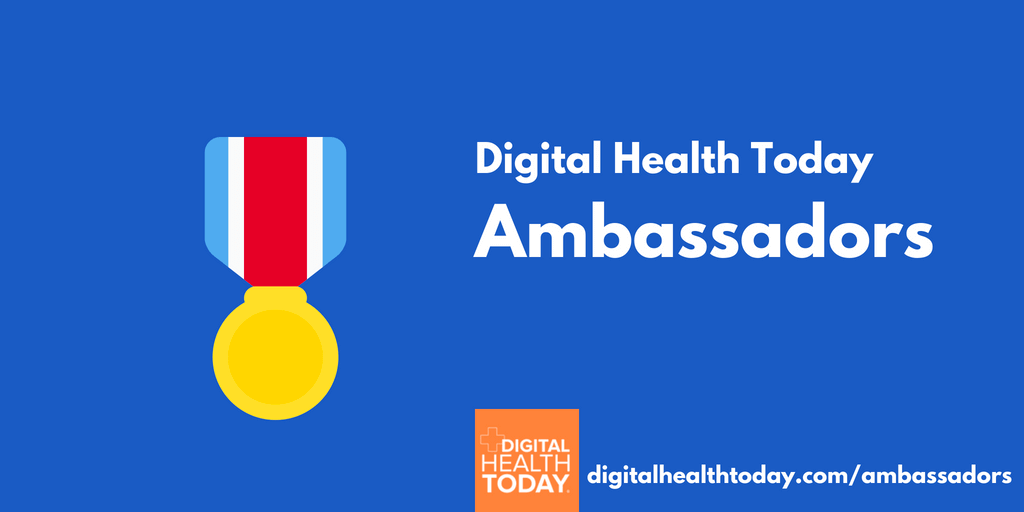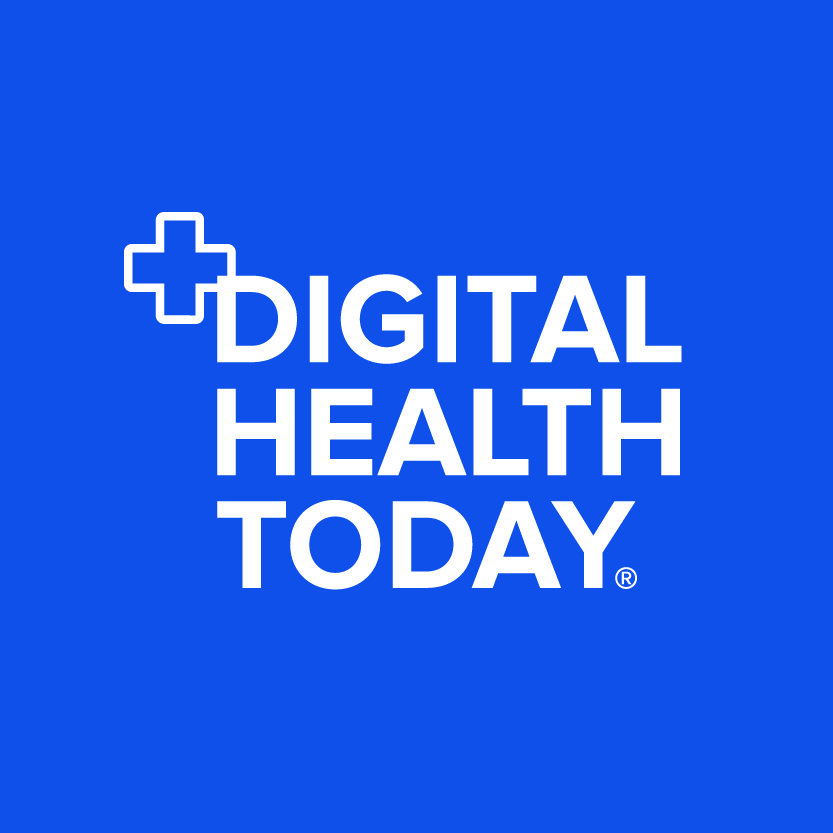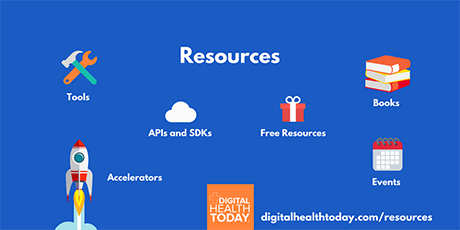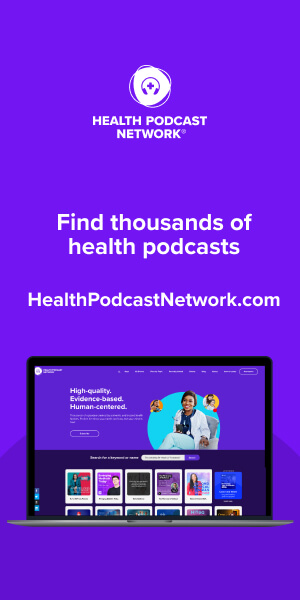The 2017 CES show, held in Las Vegas on January 5-8, attracted over 165,000 attendees from around the world and featured over 3,800 companies. Exhibitors range across a wide spectrum from virtual reality headsets and wearables to drones and self-driving cars. With the rise in fitness and networked products, the number of companies demonstrating health technology has been growing. The addition of the two-day Digital Health Summit has added more fuel to the fire. Health innovation luminaries such as Mehmet Oz, Daniel Kraft, Ashish Atreja, Lisa Suennen, Jane Sarasohn-Kahn, Joseph Kvedar and many others took the stage as part of this 2-day conference-within-a-conference.
Here is a glimpse of some of the top health technologies from 2017 CES.
Omron Health
Omron is on the second year of it’s mission to reduce heart attacks and strokes to zero. “Zero 2.0” features a prototype version of their wearable blood pressure and activity watch. The first version is pending FDA approval, and is expected to be released in Q1 2017. The 2.0 version brings a significant reduction in size: it’s set to be small enough to make it your daily watch. Version 1.0 is more of a ‘portable’ version, but both are significant steps forward in making health tracking available conveniently and affordably. They also have partnered with Qardio and AliveCor, so look for more announcements about their work on this front.
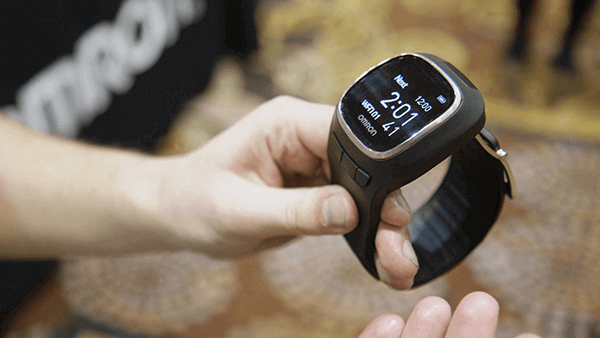
Motiv
Motiv has created a new tracking device that fits in a convenient form factor: A ring. It’s able to track heart rate, sleep and activity, and it can be worn in the shower. Designed to be worn both day and night, a charge lasts from three to five days. If that’s not enough time, then there is a keychain charger, and a full charge can be completed in about 90 minutes. Definitely looking forward to trying this when it starts shipping in Q2 this year.

IndependaTV
The challenges of caring for an aging population is affecting people around the world, and managing the costs and complexities of connected solutions is a concern for the organizations and people responsible for providing care. Enter: IndependaTV. This innovative company has developed a smart TV specifically designed for aging loved ones. Users can switch between watching their favorite shows and engaging with friends and family. The service offers video chat, photo sharing, personal messages as well as medication reminders, health messages and more. Suitable for care homes or private homes, this solution is definitely worth a look.
IQ Buds
After a successful IndieGogo campaign, NuHeara is accepting pre-orders for their innovative IQbuds. Offering advanced speech amplification and dynamic noise control, these earbud-like devices help users hear what they want to hear. Offering noise cancellation and benefits for the masses, these devices also offer advantages to those experiencing the early stages of hearing loss, without the cost or difficulties associated with prescription hearing aids.
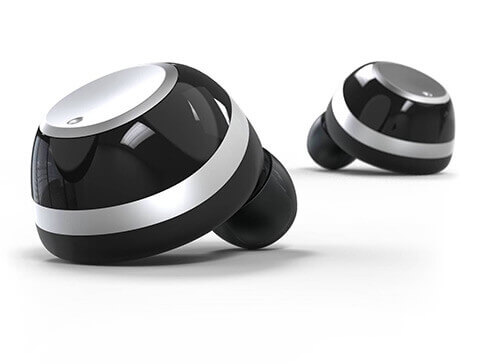
Stratio’s LinkSquare
Linksquare is designed to help make drug identification faster, easier and more accessible through the power of spectroscopy. Linked with a mobile app, the device puts the power to identify drugs in the palm of a user’s hand.
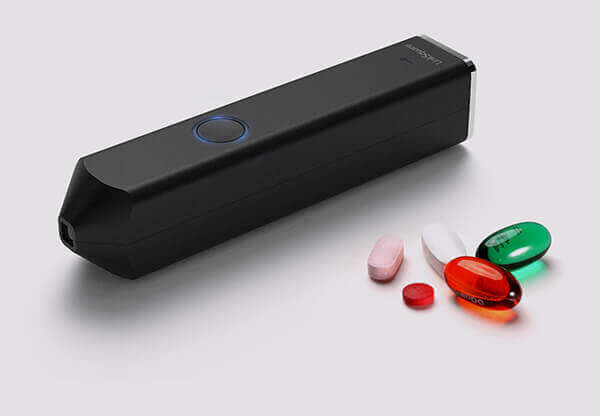
Siren Care
Siren Care snapped up the TechCrunch Hardware Battlefield prize at CES for its technology that weaves sensors into clothing. Their first product is a pair of socks that can track temperature changes in feet for diabetics and send alerts to a smart phone. Available for pre-order, the socks are designed to help take care of feet to avoid surgery and amputation. Seven pairs are expected to cost $180 – but they are currently offering a special 30% off.
Bloomlife
Bloomlife has developed a wearable sensor to automatically see, track and count contractions. Safe to wear overnight, the sensor and app can provide users with peace of mind and reduce unnecessary trips to the hospital. The company has created a convenient rental model to allow customers to use the device only during the months when it provides the greatest benefit. Bloomlife was a runner up in the TechCrunch Hardware Battlefield competition.
Ava
Ava is the first wearable device designed to track, visualize and understand the menstrual cycle in real time. Developed in Switzerland and launched in the US in 2016, a University Hospital of Zurich study showed the device could detect an average of 5.3 fertile days per cycle with 89% accuracy. The Ava bracelet collects more than three million data points across nine physiological parameters, and can be used to detect fertile days in advance.
TytoCare
TytoCare is creating an entirely new class of device for the telehealth setting. Designed to complete a virtual visit to the doctor’s office, the handheld device is used to conduct a physical exam, and transmit the photographs, video and data to a remote physician. The company received 510(k) approval for their digital stethoscope in late 2016, and the same handset is used to connect an otoscope for ear examinations, a tongue depressor, and an infrared thermometer. The device captures images with a high resolution camera and pairs with a smart phone to store and share data in the cloud-based. TytoCare has announced a partnership with American Well and is seeking more B2B partnerships before moving to other commercial models.
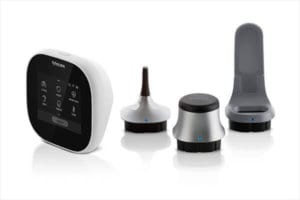
Trak
Fertility tracking isn’t just for women, and the Trak Male Fertility Testing System empowers men to measure and improve sperm count from their home. TechCrunch said it was ‘like a Fitbit for sperm’, allowing men the opportunity to proactively manage their reproductive health. FDA cleared and with an available app, the product is available for sale at $199 and includes four tests.
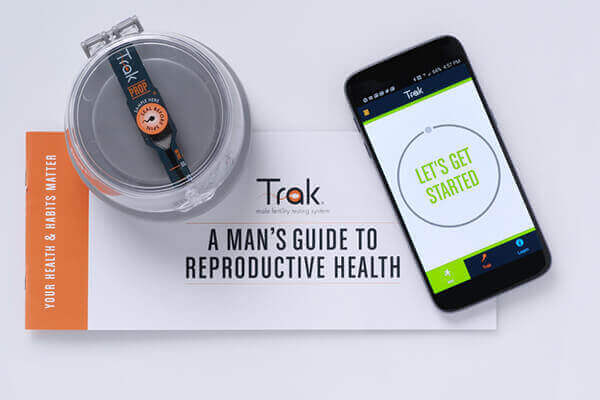
Active Protective
Taking ‘wearables’ into a whole new direction, Active Protective is developing a smart belt that can sense a when a person is falling and automatically deploy airbags to cushion the hips before impact. In addition, the belt sends a notification to caregivers that the fall has happened.
Live by EarlySense
EarlySense is bringing wireless monitoring out of the hospital and into the home with their new product called Live. By simply placing a small contact-free sensor (about the size of a salad plate) under a mattress or seat cushion, the Live sensor measures heart rate, breathing cycles, stress and sleep patterns. Designed for home use but using hospital-grade technology, it can be configured to report unusual heart & breathing rates and sleep summaries. It also features a companion app and service for remote monitoring by caregivers and loved ones.


